6.2 Tomaten auf den Augen haben

Guten Tag!
Zum Aufwärmen machen wir unseren Tagesminiplausch und eine Wiederholung.
Wiederholung
In the previous lesson, you learned to understand when someone is asking about the type of fruit you eat and to say the names of some fruits. You also learned how to use kein to indicate that you do not eat any of a particular fruit. Let’s review what you have learned.
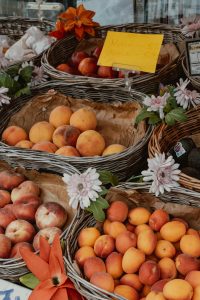 |
Was hätten Sie gern? Was darf’s sein? Imagine that you are auf dem Markt in Germany. The person behind the fruit stand would like to know which fruits you want to buy. In your written journal, answer this question by naming at least two fruits.
Then record yourself in your audio journal. If you can do it immediately without reading, that’s great! Otherwise, practice saying it a couple times before recording. Or rerecord, if you are not satisfied.
|
Lektionsüberblick
To be oblivious to something in German is to have Tomaten auf den Augen (tomatoes on your eyes). To help you from having Tomaten auf den Augen as we learn about vegetables, this lesson will introduce you to a large variety of vegetables (Gemüse) typically consumed in the US, starting with the cognates. In the end, you will be able to 1) recognize words for vegetables among other food words, 2) name at least two vegetables that you like to eat, and 3) name at least one vegetable that you do not eat.
1) Tomaten und anderes *echtes* Gemüse (Tomaten and other *real* vegetables)
Like you saw in the previous lesson about fruit, there are many vegetables names that are similar to English. Click on the plus sign in the images below to read and hear the names of some vegetables. Which ones are almost the exact same as English? Be sure to click through to each page.
Let’s practice by starting with the veggies that have names similar to English.
Kleiner Hinweis
Remember the power of the compound word (Komposita) in German. Take the word der Kohl, for example. Read and listen to see how you can multiple vegetable names are based on this one word.
| der Blumenkohl | 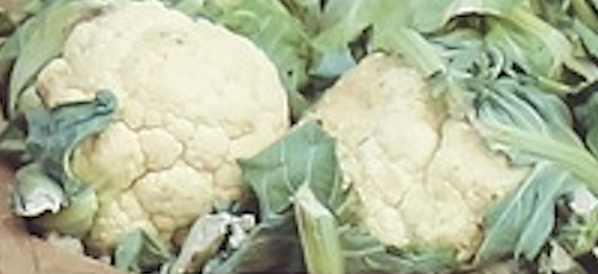 |
|
| der Rosenkohl | 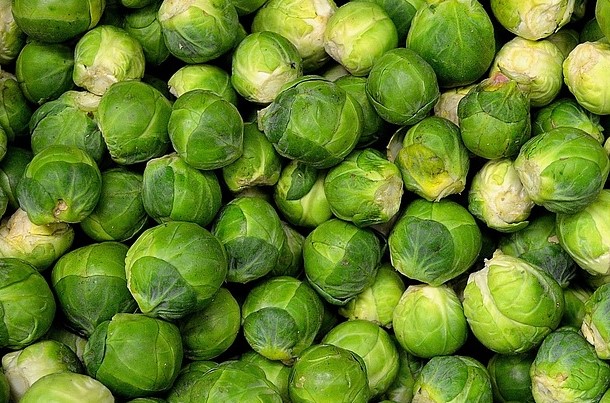 |
|
| der Weißkohl | 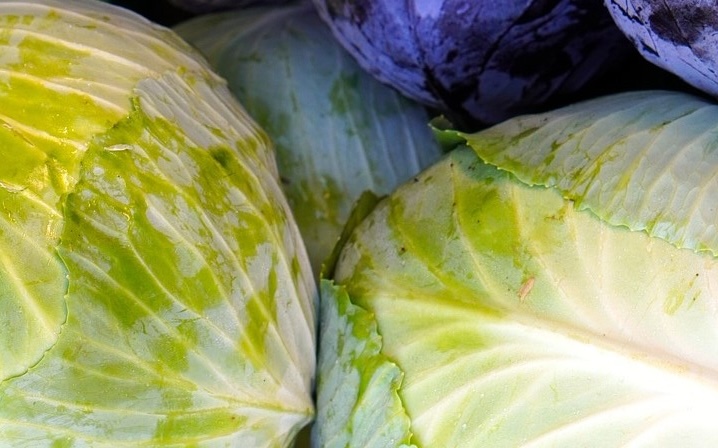 |
|
| der Rotkohl |  |
|
| der Grünkohl | 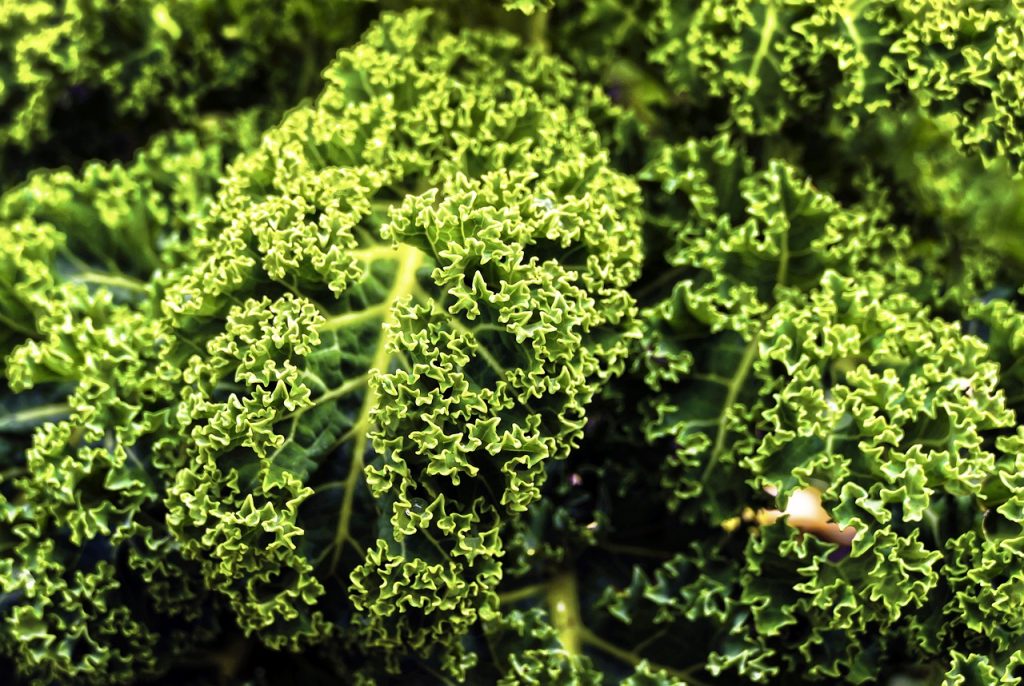 |
🎥 Interested in the many ways Germans prepare their Kohl? You can watch this video.
Jetzt bist du dran!
2) Ich esse gern…
Welches Gemüse isst du gerne? What vegetables do you like to eat? Look at the images. Read each person’s response.
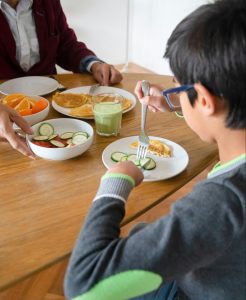 |
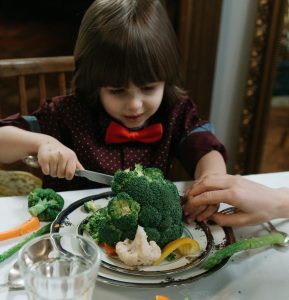 |
| Ich esse gern Gurken. | Ich esse gern Broccoli. |
Let’s practice.
Jetzt bist du dran!
Then record yourself in your audio journal. If you can do it immediately without reading, that’s great! Otherwise, practice saying it a couple times before recording. Or rerecord, if you are not satisfied.
Hamburg im Blickpunkt
 Das Hamburgische Wattenmeer ist ein Teil des Wattenmeeres der Nordsee und Nationalpark. Als Exklave der Freien und Hansestadt Hamburg liegt es nordwestlich vor Cuxhaven im Mündungsgebiet der Elbe zur Nordsee. Der Nationalpark ist zugleich Biosphärenreservat und von der UNESCO mit den anderen deutschen Wattenmeerparks, dem niederländischen und dem dänischen Wattenmeer als Weltnaturerbe anerkannt. Er umfasst neben den eigentlichen Wattgebieten auch die Insel Neuwerk und die Düneninseln Scharhörn und Nigehörn. Das Hamburgische Wattenmeer besteht überwiegend aus Sand- und Mischwatten mit flachen Prielen und Sandplaten.
Das Hamburgische Wattenmeer ist ein Teil des Wattenmeeres der Nordsee und Nationalpark. Als Exklave der Freien und Hansestadt Hamburg liegt es nordwestlich vor Cuxhaven im Mündungsgebiet der Elbe zur Nordsee. Der Nationalpark ist zugleich Biosphärenreservat und von der UNESCO mit den anderen deutschen Wattenmeerparks, dem niederländischen und dem dänischen Wattenmeer als Weltnaturerbe anerkannt. Er umfasst neben den eigentlichen Wattgebieten auch die Insel Neuwerk und die Düneninseln Scharhörn und Nigehörn. Das Hamburgische Wattenmeer besteht überwiegend aus Sand- und Mischwatten mit flachen Prielen und Sandplaten.

The Hamburg Wadden Sea National Park is part of the German Wadden Sea National Parks. It is an exclave of the city state of Hamburg and lies northwest from Cuxhaven in the estuary of the Elbe in the North Sea. The National Park is a biosphere reserve and, as part of the single ecological entity of the Wadden Sea reaching from Den Helder (NL) to Esbjerg (DK) have been recognized as a UNESCO World Heritage Site. In addition to the wadden sea areas, it includes the islands of Neuwerk, Scharhörn and Nigehörn. It is made up mainly of sand and mixed mudflats with shallow creeks, sand bars (Plaaten), and dune islands.
3) Ich esse keine…
Read and listen to the comic below.
 |
Below are some more example sentences.
Ich esse keine Pilze.
Ich essen keinen Kohl.
Ich esse keine Tomaten. Ich habe eine Allergie gegen Tomaten.
Let’s practice.
Kleiner Hinweis
In the previous lesson and above, you learned how to say that you have an allergy to something. In German, you have an allergy against something (eine Allergie gegen [food/substance]). In addition, if you do not have a true allergy but have an intolerance to certain foods, you can say something like this:
Ich esse keinen Kohl. Ich habe eine Kohlunverträglichkeit.
I don’t eat cabbage. I have a food sensitivity to cabbage.
Jetzt bist du dran!
Zum Schluß
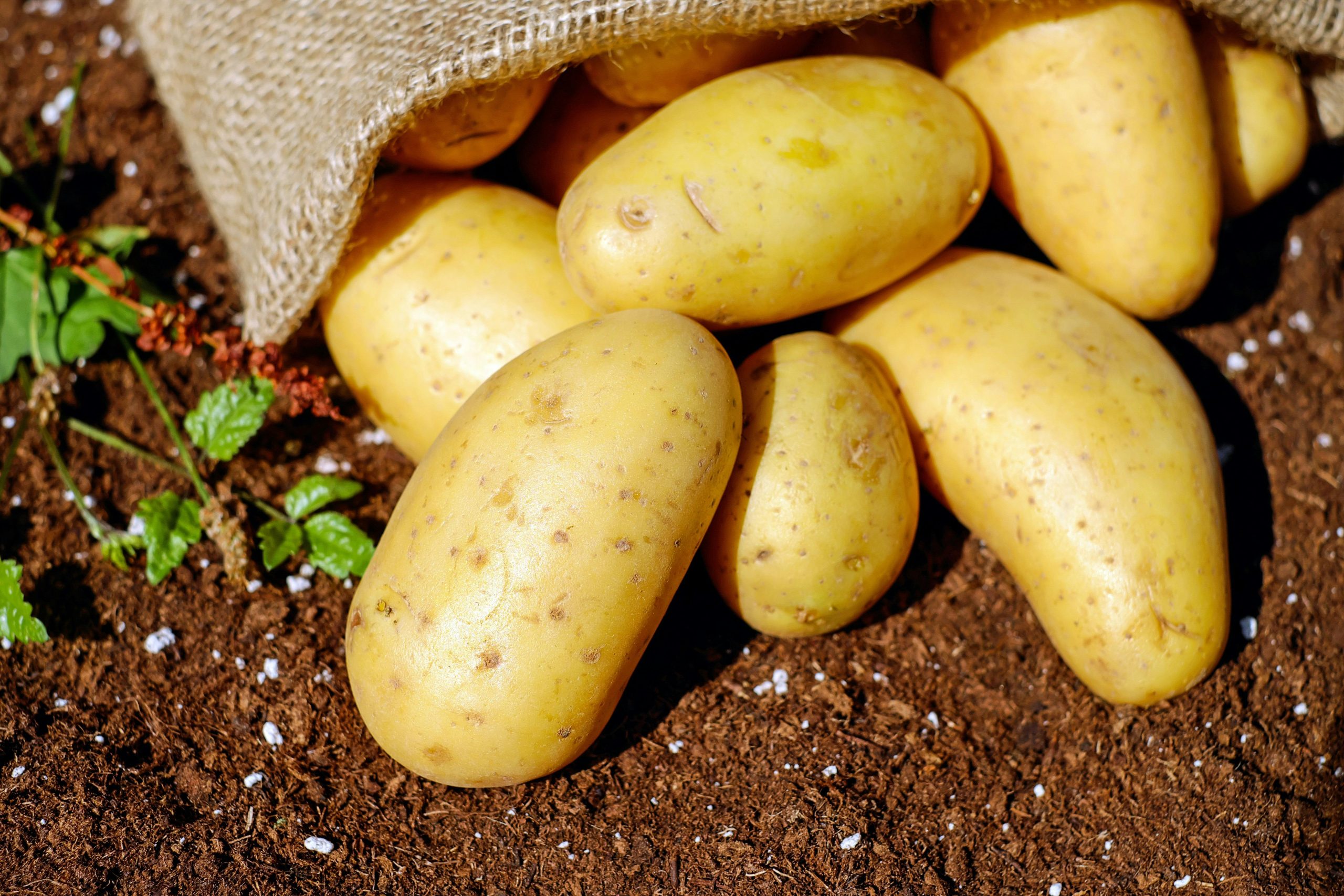 |
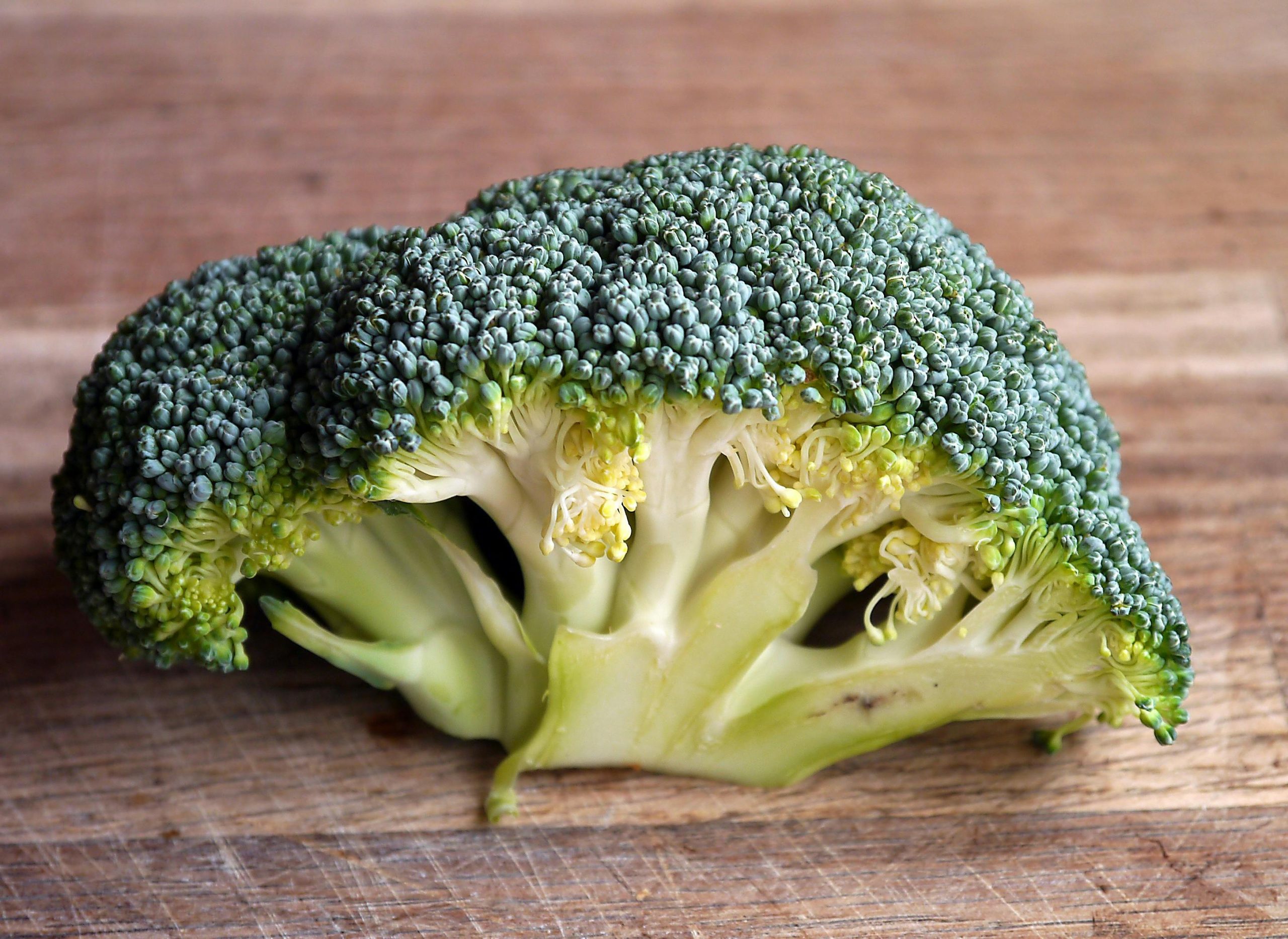 |
 |

*As you conclude this lesson, don’t forget to check Canvas!*
Here is a collection of idiomatic expressions featuring vegetables with German explanations.

Media Attributions
- Vegetable hotspot activity adapted from adapted from Grenzenlos Deutsch, licensed under a CC BY-NC-SA 4.0 International License
Media Attributions
- 1010-1020 banner long large reduced
- Photo of fruit stand by pexels-maide-arslan-128712163-27611610
- 6.2 blumenkohl
- 6.2 brussels-sprouts-22009_1280
- 6.2 weisskohl
- 6.2 rotkohl
- 6.2 gruenkohl kale-3267575_1280
- Photo of boy eating cucumbers by pexels-kampus-7079168
- Photo of girl eating broccoli by pexels-cottonbro-6970109
- Karte_Nationalpark_Hamburgisches_Wattenmeer © Lencer
- Comic made at www.MakeBeliefsComix.com
- Photo of potatoes by pexels-pixabay-144248
- Picture of broccoli by pexels-pixabay-47347
- Private: confidence scale_large horizontal_updated

